Banned Books: Perks of Being a Wallflower
Perks of being connected. This week’s library news. Looking for Alaska.
Hello Friends,
It’s been another wild week. (Are you writing letters and phoning to support the courts?) I decreased my news and op-ed reading/viewing time. I’m down from five hours a day to about three hours. So I still need to work on it. That said, I did get some work done.
I rewrote an essay about 2020-21 to cut over 400 words so it would be in shape for submission. I’m not sure any lit mags will think it’s a fit but it was important to me to get it down, even if it just eventually serves as a piece of family history. It correlates to what is happening now, so it feels pertinent/relevant. I’ve had an idea for a short story for almost a year. After working on it this week, I now have a complete first (very rough) draft. I submitted a flash nonfiction piece to a journal and a flash fiction to a local short story contest. I queried a literary agent about my novel on book banning. If you write, you know that the likeliest outcome for all of these is rejection. However, I belong to a
, so I’m working that goal quite nicely, thank you! 😊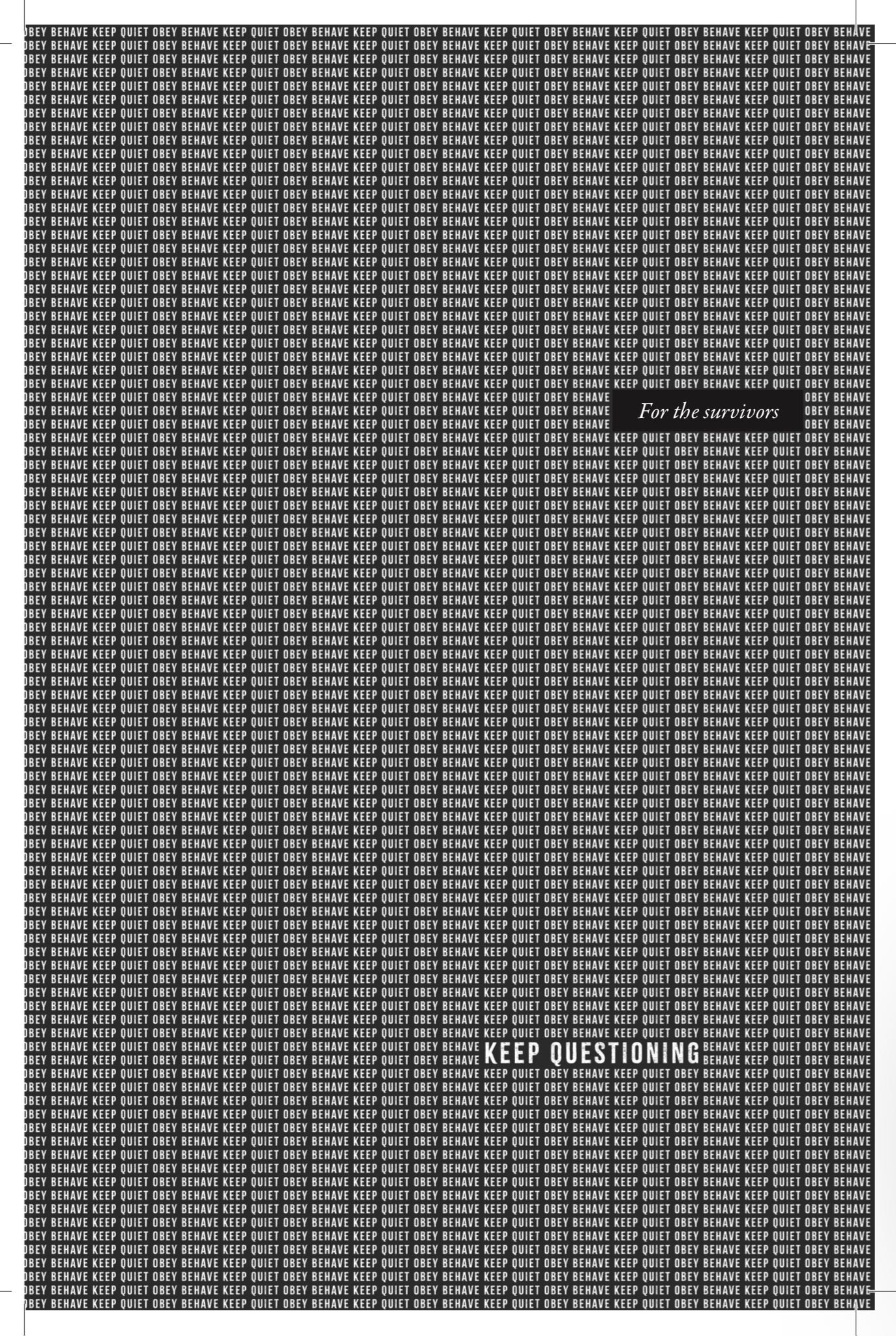
The ARCs (Advanced Reader Copies, uncorrected) for my upcoming novel are ready. The cover reveal isn’t happening until March, but I have permission to share my dedication page. I really like this because I’d asked if these words could be a sort of watermark on the book cover. It made the cover look way too busy, but the designer said he would try to work it in elsewhere. I love the way it looks like a graphic pattern, but then when you see it closely, you find the words. Very much what the lives of the characters in Keep Sweet are like.
Chin up: How to carry on
I’m going to get into specific banned books this week, but in case you are still cowering in the corner and need more ideas for relief from the Constitutional crisis we are in here in the USA, a few ideas:
Most people I know have been politically active in some form since 2016. If you aren’t, but want to be immediately, two good places to turn are Vote Forward and Swing Left. They have very specific directions on letter writing, making phone calls, etc. All data-driven, meant to yield real results/change.
Last week I mentioned Merriam-Webster’s Word of the Day. They also have words of the week, and it’s a quick way of seeing what people are interested in by seeing what words they look up. Most relate to politics, but not all. (For example, ‘genre’ was probably looked up because Beyoncé mentioned it in an acceptance speech at the Grammys.) An interesting, low-stakes way to consider the ‘state of the state.’
When you need a break, a fun Substack to follow is
by . She is quite the traveler with interesting facts, stories, and photos from many places in the world.I thought this comic in the NYer was pretty funny: Totally Reasonable Coping Strategies for 2025. The artist,
has a Substack you might like to subscribe to.Did you subscribe to Dave Barry last week when I mentioned him? His posts this week made me laugh ‘til I cried. Now that’s a gift.
Last week, I also mentioned sending notes and cards to friends as a pick-me-up. I received a few from friends, too. And my husband got me funny cards (one ostensibly from my dogs).
Remember there are smart people out there looking for solutions to big problems. I read this in the LA Times this week. It seemed like such a smart idea.
Could inflatable tanks have helped?
Some say an energy company’s Water Trees could be a game-changing solution to create storage where needed to fight infernos like the Palisades and Eaton blazes
The Perks of Being a Wallflower and other banned books
Let’s look closely at the top banned books of the last school year.
Most Banned Books of the 2023-2024 School Year from PEN America
1. Nineteen Minutes, by Jodi Picoult, 98 bans
2. Looking for Alaska, by John Green, 97 bans
3. The Perks of Being a Wallflower, by Stephen Chbosky, 85 bans
4. Sold, by Patricia McCormick, 85 bans
5 (tie). Thirteen Reasons Why, by Jay Asher, 76 bans
5 (tie). Crank (Crank Series), by Ellen Hopkins, 76 bans
7. Identical, by Ellen Hopkins, 74 bans
8. The Kite Runner, by Khaled Hosseini, 73 bans
9. The Handmaid’s Tale, by Margaret Atwood, 67 bans
10 (tie). Water for Elephants, by Sara Gruen, 66 bans
10 (tie). Tricks, by Ellen Hopkins, 66 bans
I’ve not only read some of these top banned books, but I bought thirty copies at a time of some of them and ’booktalked’ them to classes during library visits. I got a lot of teens to read these books, and with good reason.
1. Nineteen Minutes by Jodi Picoult
I didn’t read Nineteen Minutes by Jodi Picoult. At the time it came out, I’d read and enjoyed My Sister’s Keeper (also sometimes banned). Looking for the same author, I started Nineteen Minutes. I found the characters more stereotypical than real, so I stopped reading pretty quickly. But I had it in the library because my personal taste is not one of the criteria I used to decide on what belonged in the collection. It was moderately popular with the teens. It’s about a school shooting. Censors remove it because there is a rape scene.
2. Looking for Alaska by John Green
The second book on the list, Looking for Alaska by John Green, is one I covered in a previous post. I loved it. It was my first John Green book and I became a fan. It was wildly popular—I had multiple copies, often booktalked it, had copies that wore out or were stolen, bought lots of replacement copies.
3. The Perks of Being a Wallflower by Stephen Chbosky
I mentioned Perks of Being a Wallflower in a previous post and quoted from the review I’d written in 2009, when I first read it. Here’s the (short) review in its entirety. It was hard to say too much about the book without a major spoiler. And since you are probably not a teen, I’ll give the spoiler here because it’s the reason for the banning. Toward the end of the book, the protagonist realizes he was sexually abused by a much loved and trusted relative when he was a child. After landing in a psychiatric hospital, he works through his trauma, comes to forgive his aunt, and learns to engage with others (no longer a wallflower).
I like to share what I wrote about the book at the time because it is not influenced by today’s politics. So—in 2009, it was a citywide book club choice in the city where I worked on the school side of a joint-use library. (The school and the city had their libraries together in the same building. This is an exquisitely bad idea, but that’s a story for another day!) Here’s what I said on first reading Perks:
“The Perks of Being a Wallflower” is the next book for the Teen Book Club here at the library, sponsored by the Ontario City Library, Colony High Branch. Since the discussion date is quickly approaching (January 26), I moved this title to the top of my list and read it last week. I can see why it’s a ‘cult classic.’
Charlie, the protagonist, sends letters to an unnamed ‘friend’ without giving his identity away. He discusses what it’s like to be in high school. He’s a wallflower in the sense that he is an observer of all that goes on, yet he is not a participant. Something about his writing style made me think of the narrator of “The Curious Incident of the Dog in the Night-time,” a character with Asperger’s Syndrome. Charlie is much more average on the scale of normal interaction, but still, he doesn’t quite understand social situations in the same way that most people would.
Despite the strikes against him, Charlie befriends a small group of misfits—and the novel makes clear that just about everyone in high school is a misfit, even the most popular cheerleaders and football stars. Though “Perks” has been compared to “The Catcher in the Rye,” partly because it deals with teen depression, the subject matter is more contemporary—the characters must deal with current sexual attitudes, parties and drugs, date rape and teen pregnancy. Not that they don’t have fun—some of the most poignant passages in the book are on how carefully Charlie chooses gifts for his friends, how well he ‘reads’ their hearts and how much he loves them—and receives love in return. This is a truly engaging and honest book for mature readers. It’s also a quick read, so if you’d like to check it out before the discussion on January 26, come by the reference desk and pick up a copy!
So—more than fifteen years ago, we didn’t have any complaints about this citywide read for teens despite the novel’s inclusion of some difficult subject matter. These are topics teens must content with. As I’ve said before and will say again (I’m sure), one of the best ways to be introduced to difficult subjects is through reading.
We’ll continue with the above list next week.
PEN has a Banned Books Press Kit that includes articles and graphics.
Here’s one example of a graphic on the above ‘most banned books.’
Part 2: Library and book news
Libraries & Well-Being: A Case Study from The New York Public Library from the NYPL
The article is a summary of the key takeaways, but there is an option to download the full report.
1. Libraries create a foundation for well-being. (Space and resources)
2. Libraries foster the core elements of well-being (comfort, joy, discovery, inspiration, enrichment, connection, care, support, knowledge, reflection, purpose, and productivity.)
3. Libraries promote personal development beyond well-being. (Growth and expansion)
4. The Library’s positive impact on well-being is highest for patrons living in lower-income communities.
5. This positive contribution to well-being is also higher for patrons with more physical and time-intensive library use. (patrons who spent time in NYPL’s spaces and attended programs reported consistently higher impact than e-only users.)
6. These findings demonstrate that public libraries support the flourishing of their patrons—and thereby help strengthen their communities. (This evidence argues for public libraries, like NYPL, to be on the map, and at the table, for community discussions about individual and collective well-being.)
I wondered if there were any similar research on the school library’s affect on well-being. I asked the CA school library hive mind. One top researcher in the area thought not, but did send a link to a study from 2005 that has a bit about well-being in that it asks if library use helps the student outside of school. (Studies on school libraries generally focus on information literacy.)
How Authors Against Book Bans Helped Defeat Attempted Library Censorship in Florida In LitHub
Here’s a nice, useful quote:
Things are grim. I won’t lie about the state of the nation. But in darkness, we find our communities. And our community is deep with the smartest, most educated cohort available: readers. And I truly believe that if we leverage even a fraction of our community’s power to face this moment, we will have significant wins all across the nation.
If your public library uses Hoopla to manage its digital collection, you (and your librarians) may need to be on the lookout for AI slush. | 404 Medi
Banned Books List: Romance Novels From PEN America
Romance novels are among the most frequently banned books in U.S. schools, according to PEN America’s analysis of school book bans. Romance fiction is often targeted and banned in schools for its inclusion of sex, even if only referred to and not explicit.
Most of these books were written specifically for young adults and feature love and romance story lines for teens figuring out romantic relationships. A love of love stories can turn teens – including 18-year-old students who are legally adults – into lifelong readers.
A Court of Thorns and Roses series, by Sarah J. Maas
Throne of Glass series, by Sarah J. Maas
Last Night at the Telegraph Club, by Malinda Lo
The Fault in Our Stars, by John Green
Red, White and Royal Blue, by Casey McQuiston
Like a Love Story, by Abdi Nazemian
Twilight series, by Stephenie Meyer
In legal move, Elizabeth district returns banned books to libraries, but few will have access From Chalkbeat Colorado
Elizabeth school district officials say they have returned to school libraries 19 books they removed last fall. But most students won’t be able to read or check out the books, which include “The Bluest Eye” by Toni Morrison and “The Kite Runner” by Khaled Hosseini.
That’s because the district decided to make the returned books available only to a small number of people: Specifically, plaintiffs in a recent lawsuit against the district over the book removals. Those allowed access to the books include two district students, members of the NAACP, and children of members of the NAACP.
Books in school libraries could get an extra layer of protection from bans from Colorado Public Radio
A bill to make it harder to remove books from public school libraries cleared its first legislative hurdle Monday night. …
The bill stipulates that only parents or legal guardians of children at a school could challenge a book in their child’s library and ask for its removal. It protects school librarians from retaliation and requires that a school’s challenge policy be transparent and posted for the community. It also limits challenges to a book’s place in a library to once every two years. …
[Bill sponsor state Sen. Lisa Cutter] said the bill would protect school libraries from what’s known as “ban bombing,” where hundreds of requests to ban books bombard school librarians. Book challenges have become more prevalent nationwide. In 2022, Colorado was home to nearly 10 percent of all book challenges, according to the American Library Association.
To Defend Religious Freedom from the Trump Administration, We Need to Fight Book Bans from Book Riot
[Author Reverend Paul Brandeis] Raushenbush is the President and CEO of Interfaith Alliance, an organization dedicated to protecting the integrity of *both* faith and democracy in America. He has been a champion for intellectual freedom, encouraging people to show up for their public libraries and schools to ensure their longterm existence.
Amanda Gorman says a ban on her poetry felt ‘like a gut punch’: Full interview from NBC News
Christian Nationalists Are Reshaping Texas’s Public School Curricula
The Texas State Board of Education will pay districts $60 a student to use a curriculum infused with Christian content.

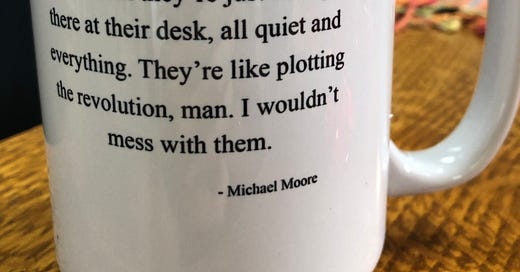



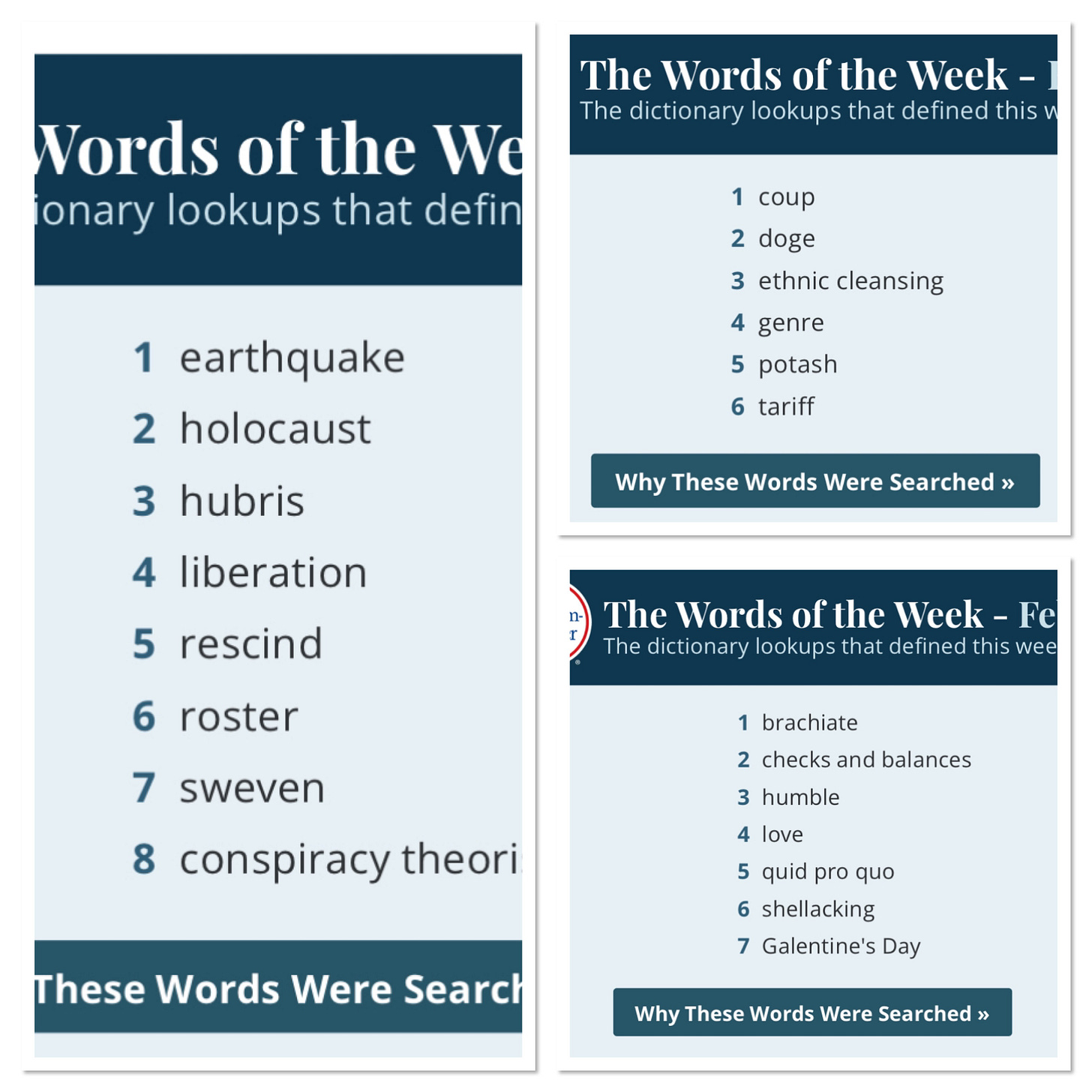

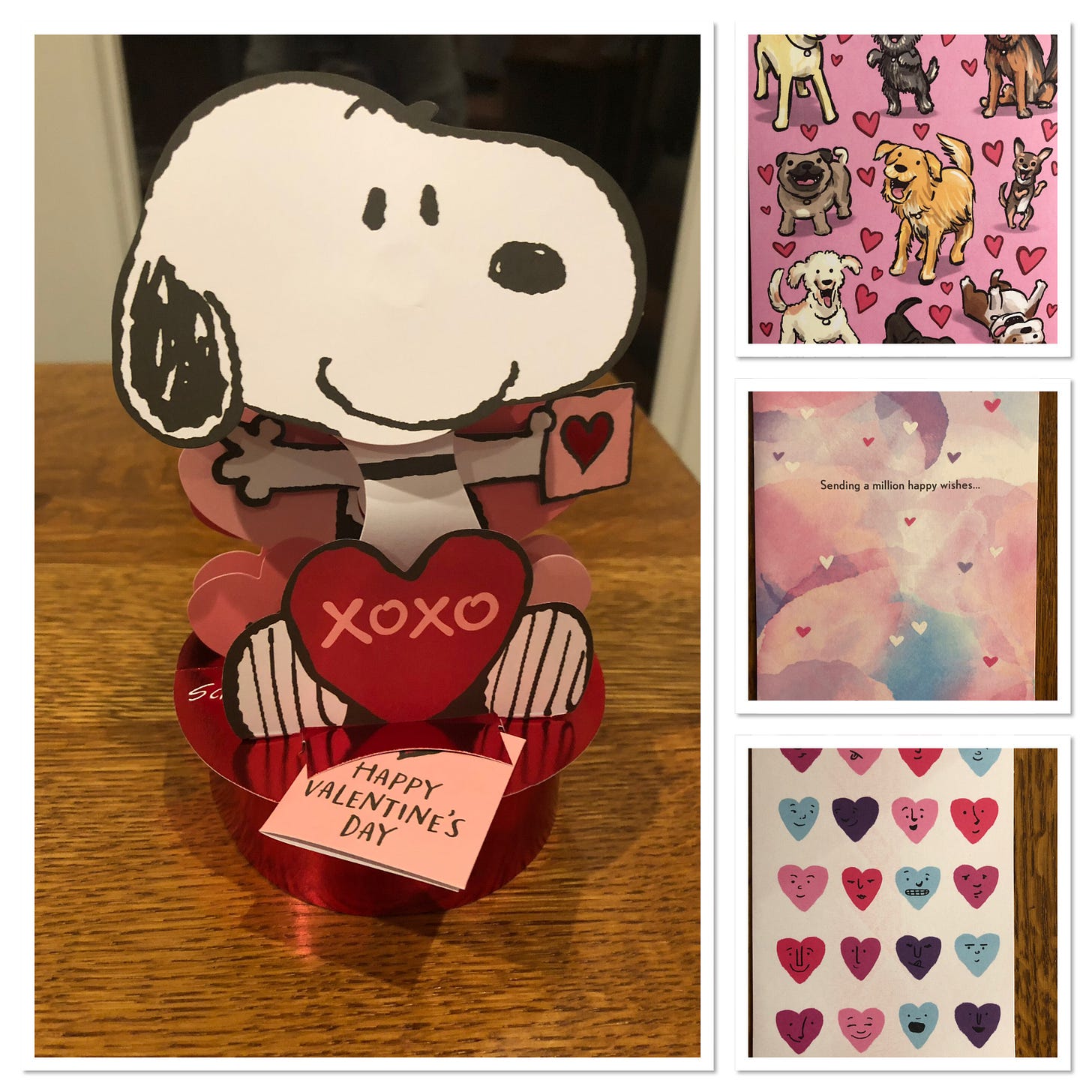
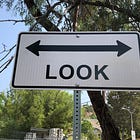


First off, thank you for the mention, and recommendation, Victoria! And I love your mug :)
Also, and mainly, a lot of great information in this post. I had to think hard about why some of those books on the banned list could be banned. Some were my kids' favorites as teens - and obviously I read them, too. While we donated most of our teen books to the library, I kept several of them (all the John Green books (my daughter had a collection, Looking for Alaska and The Fault in Our Stars among them), The Kite Runner, and several others - so now I will keep them longer. Of course I understand why The Handmaid's Tale would be banned (I remember thinking it would've been banned in my birth country when I was growing up). Anyway, thanks for the info and for all the good news (in a grim world) how several states fight back - and mostly for the great resources for those of us who want to do something.
Congratulations on your upcoming novel and on your submissions - hope you get acceptance letters! :)